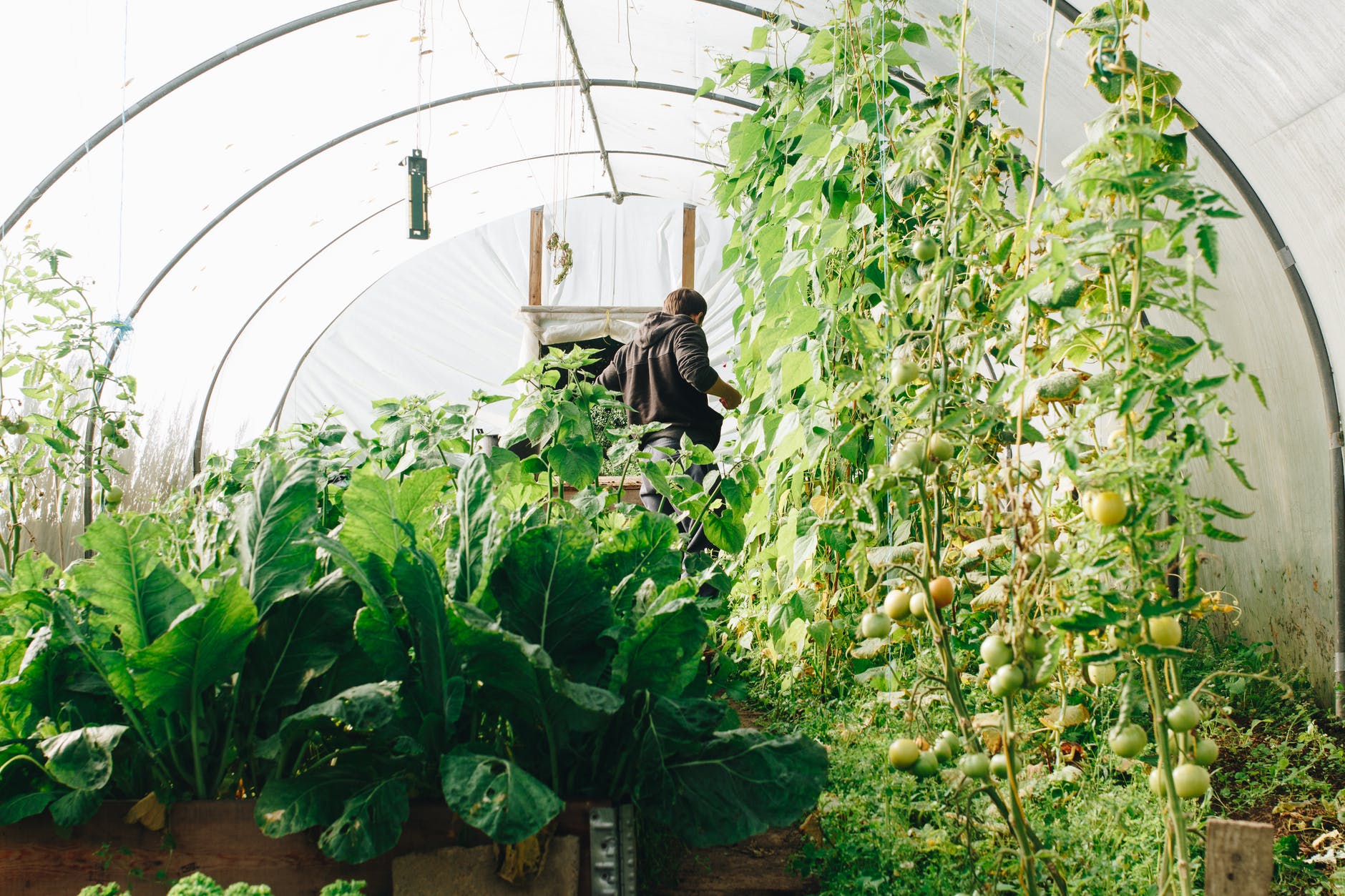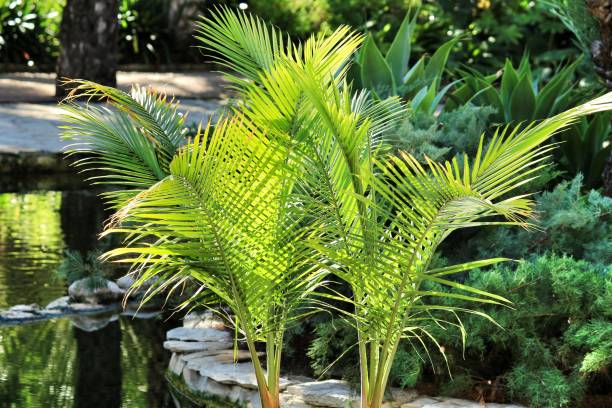Find The Best Tomato Companion Plants For The Vegetable Garden

Are you wondering what to plant with tomatoes? What are some of the best tomato companion plants? If yes, you have come to the right place.
Companion planting chart for tomatoes is way easier as compared to some other vegetables in your garden. The plant that works well and the plant that does not should be kept apart.
If you have zero ideas about such plants, lucky for you, we have mentioned a detailed guide on the best and worst tomato companion plants.
Before that, get an insight into what companion planting is.
What is Companion Planting?
Companion planting is a method of planting various types of crop close to each other to boost nutrient intake, encourage pollination, raise crop production and prove pest control.
The scientific term for companion planting is “Pseudoscientific.” Gardeners vouch for this method to boost their crop production. Companion planting is half folklore, half experience, and half wishful thinking. Companion planting teachings are mostly passed on from one gardener to another after successful pairings of different plants.
There are many variables that have a positive impact on the effectiveness of plant companions.
One of the trios of Companion Plants is Tomatoes, Borage, and Squash.
Tomatoes make good companion plants with most of the popular garden vegetables. There are many tomato companion plants that help to boost the vigor, health, and flavor of tomatoes, while some work as insect and pest repellants.
Below we have mentioned some of the best Tomato companion plants as well as the bad ones. Plant these in your garden to boost the growth of tomatoes.
Best Tomato Companion Plants
There are many plants believed to improve the vigor, health, and flavors of tomatoes. Because of the lack of scientific research, it is hard to know if this is true or not, but there is no in giving it a try.
Some commonly recommended companion planting options for tomatoes are asparagus, carrots, amaranth, bean, basil calendula, borage, celery, cleome, chive, garlic, cucumber, lettuce, lemon balm, mint, marigold, onion, peas, parsley, nasturtium, squash, and sage.
- Amaranth is an insect repelling plant as it works by attracting predatory insects that are beneficial to plants.
- Basil improves growth, repels insects, and enhances the flavor of tomatoes. It repels flies, mosquitoes, and even fruit flies.
- Borage improves the flavor and growth of tomato plants and repels tomato hornworms.
- Bee balm, lemon balm, mint, chives, and parsley improve tomatoes’ flavor and health. Be careful when companion planting lemon balm, bee balm, and mint, as sometimes they can become a little too invasive.
- Carrot, when planted near tomatoes, will help to loosen the soil. When these are planted near each other, the carrots may not grow as large in size as they should but will taste good.
- Garlic is an excellent red spider mite repellant. Garlic sprays will help to control late blight.
- Lettuce thrives best in some shade during warm weather. It is benefitted by the shade from taller tomato plants. Also, it works as a living mulch and keeps the soil cool and moist.
- Nasturtium is not only a lovely looking plant, but when planted with tomatoes, it also works as a trap crop for aphids. This edible flower can also be used as a delicious addition to your vegetable salads.
Bad Tomato Companion Plants
When choosing what to plant with tomatoes, just like there are good companion planting options, some bad ones exist too. Let’s check these bad boys out and tick them off from our tomato companion plants list.
- Cabbage family: All relatives that belong to the cabbage family are known
To stunt tomato plant’s growth. These include broccoli, cabbage, collards, cauliflower, rutabaga, Brussels sprouts, kale, kohlrabi, and turnip.
- Corn: The corn earworm is similar to the tomato fruitworm. When you grow this plant in close proximity, they can invite the same pests to tomato plants and cause disaster and also a decimated garden.
- Dill: Mature dill plants can also harm the growth of a tomato plant.
- Eggplant, potatoes, and peppers: All these plants belong to the nightshade family as the tomatoes and share the risk of early and late blight. This can keep building up in the soil and will make the crops a disaster each year.
Avoid planting all these plants close to one another or in the same exact place for at least three years.
Hornworms are known to love the foliage and fruit of peppers, tomatoes, and eggplants. Also, these can quickly decimate plants. When you plant tomatoes close to the potatoes, it can make the potatoes susceptible to potato blight.
- Fennel: Fennel plant roots secrete a kind of substance that can inhibit the growth of tomato plants. This secretion affects not only tomatoes but also various other garden plants too.
- Walnuts: You should never plant tomatoes close to or under walnut and butternut trees. These plants are known to produce an allelopathic chemical known as juglone that can harm the tomato plant’s growth. Also, tomatoes are also exposed to catching the disease affecting walnut wilt.
Tomatoes Can Help These Plants
Tomatoes make a good companion planting option for the following plants:
- Asparagus: Tomato plants help to repel the asparagus beetle.
- Gooseberries: Tomato plant’s scent from interplanted tomatoes works as a great insect and pest repellant.
- Roses: Tomatoes are rose’s best friend. These can protect the roses from getting black spots. You can use a spray or interplant the tomatoes with roses.
To make a spray:
- Liquify tomato leaves by diluting them in 4 to 5-pint water.
- Now add about 1 tbsp cornstarch to the water.
- You can use this natural spray directly on rose leaves.
Final Words:
Companion planting is long known for its amazing benefits like boosting plant growth, nutrient intake, the flavor of fruits, preventing plants from diseases, pests, and insects. Of all the vegetables choosing what to plant with tomatoes is the easiest. Finding the right tomato companion plants will make the vegetation not only better but also tastier. Experiment with these companion planting options, and let us know how they work out for your vegetable garden.





